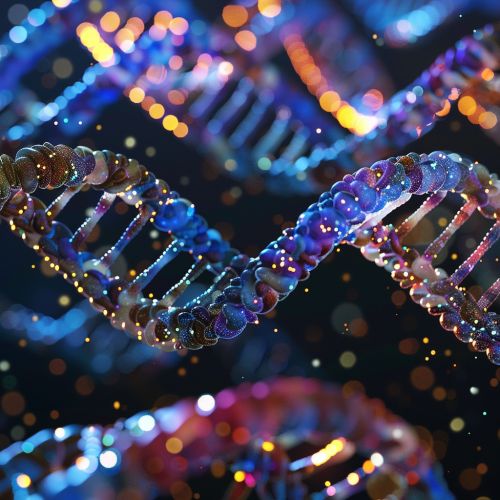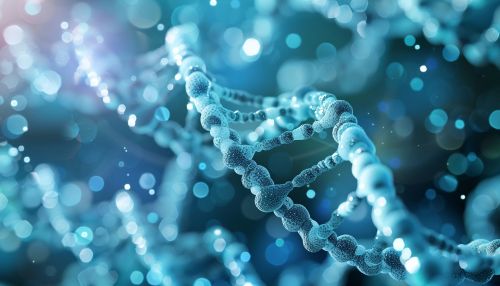C-value enigma
Introduction
The C-value enigma, also known as the C-value paradox, is a complex biological puzzle that has been the subject of scientific investigation for many years. It refers to the seemingly arbitrary variation in the amount of DNA|genetic material, or DNA, present in the cells of different species, a phenomenon that challenges traditional assumptions about the relationship between genome size, complexity, and organismal complexity.
C-value Definition
The term "C-value" refers to the amount of DNA contained within a haploid nucleus (in eukaryotes) or a haploid cell (in prokaryotes). It is typically measured in picograms and can vary greatly among different organisms. For example, the C-value for humans is approximately 3.2 picograms, while for the amoeba Amoeba dubia, it is nearly 670 picograms, despite the amoeba being a much simpler organism.
Discovery of the C-value Enigma
The C-value enigma was first identified in the mid-20th century, when scientists began to measure the DNA content of different organisms. They expected to find a correlation between the amount of DNA and the complexity of the organism, based on the assumption that more complex organisms would require more genes and therefore more DNA. However, they found that this was not the case. This lack of correlation between genome size and organismal complexity is what is referred to as the C-value enigma.


Possible Explanations
Several theories have been proposed to explain the C-value enigma. One of the most widely accepted is the "junk DNA" theory, which suggests that a large portion of an organism's genome may be made up of non-coding DNA. This non-coding DNA, sometimes referred to as "junk" because it does not code for proteins, could account for the large genome sizes found in some organisms.
Another theory is the "genome size constraint" hypothesis, which proposes that the size of an organism's genome is influenced by metabolic and developmental constraints. According to this theory, smaller genomes may be favored in organisms with short generation times and large population sizes, while larger genomes may be advantageous in organisms with long generation times and small population sizes.
Implications for Evolutionary Biology
The C-value enigma has significant implications for our understanding of evolutionary biology. It challenges the traditional view that more complex organisms have larger genomes and suggests that other factors, such as non-coding DNA and genome size constraints, may play a significant role in shaping genome size.
Conclusion
While the C-value enigma remains a puzzle, ongoing research continues to shed light on this fascinating phenomenon. As scientists continue to explore the complexities of the genome, it is likely that our understanding of the C-value enigma will continue to evolve.
